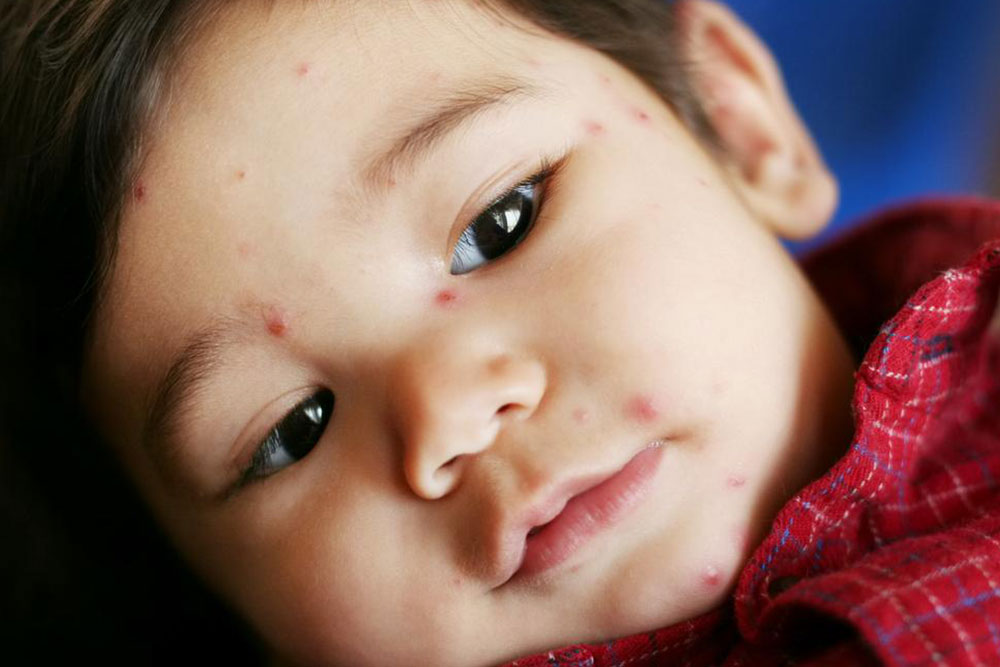5 tell-tale signs of chickenpox you should know about
Chickenpox is caused by the virus called herpes varicella-zoster virus. This virus remains dormant in the body after a bout of chickenpox. In some cases, it becomes active again and can cause shingles. A person who gets chickenpox once becomes immune to the disease for life. It is quite rare for a person to be affected by chickenpox twice. Chickenpox is a common infection that occurs during childhood. This disease can be prevented by taking a chickenpox vaccination in early childhood.

Chickenpox is contagious and spreads through sneeze and cough and also by contact with bed linens and clothing of the affected person. The most visible symptom is the appearance of rashes and blisters with spots all over the body; if you want to know how the symptoms look like, you can check out chickenpox photos available over the Internet. The symptoms become apparent 10 to 21 days after contracting the virus. The intensity of the infection can range from mild to severe. Here are some of the early signs of chickenpox:
- Before the appearance of the rashes, the person may experience a general feeling of malaise. There might increase sensitivity to light. A fever may occur, which is worse in the case of adults than in children.
- The person may have a persistent feeling of nausea with a headache. There might be a loss of appetite as well. There might be some discomfort with muscle aches and constant fatigue. These symptoms are experienced one or two days before the rashes appear.
- Spots appear all over the body that is reddish and pink. The spots are itchy and may cause irritation. They can be mistaken for mosquito or insect bites. The initial symptoms can be verified by observing chickenpox photos available online.
- The spots will become bumps and blisters filled with a greenish pus. The skin around these bumps and blisters will be red. The areas where the bumps occur will feel dry and itchy. The bumps will break one or two days later on their own. Crusts and scabs will form after the blisters and bumps break. These take several days to heal.
- Bumps will appear in new areas of the body over several days. These will break, crust over and the scabs will fall off. These three phases of the disease will continue for two weeks. You can take a look at the three stages from chicken pox photos that are online.